Introduction
Bingtanghulu, a beloved traditional Chinese snack, has delighted taste buds for centuries with its crisp sugar-coated exterior and tart hawthorn fruit center. Yet, beneath its shimmering amber glaze lies another layer of intrigue: the delicate paper that cradles this iconic treat. For many, the purpose and composition of this unassuming wrapper remain a curiosity. Is it merely a decorative element, or does it serve a practical function? This article delves into the history, science, and cultural significance of the paper enveloping bingtanghulu, uncovering the secrets behind this sweet tradition.
A Brief History of Bingtanghulu
To understand the paper’s role, one must first appreciate the origins of bingtanghulu. Dating back to the Song Dynasty (960–1279 CE), this confection began as a humble street food in Northern China. Legend has it that a royal physician created the treat to soothe the emperor’s daughter’s cough, using hawthorn berries for their medicinal properties and sugar to mask their tartness. Over time, it evolved into a symbol of festivity, often sold during winter festivals and庙会 (temple fairs).
The snack’s name itself reflects its appearance: bingtang means “ice sugar,” referencing the crystalline sugar coating, while hulu refers to the gourd-shaped skewer of hawthorn berries. As bingtanghulu gained popularity, vendors sought ways to protect it from dust, insects, and melting in cold weather. Enter the paper wrapper—a simple yet ingenious solution that became as integral to the treat as the fruit itself.
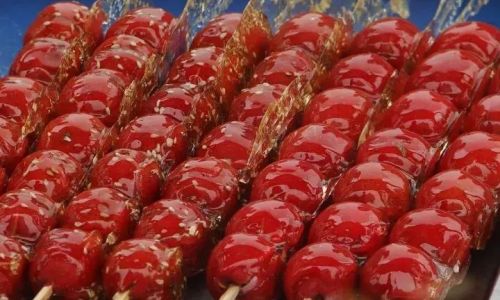
The Purpose of the Paper: More Than Meets the Eye
At first glance, the paper might seem like an afterthought—a thin, translucent sheet folded around the sugar-coated fruit. However, its role is multifaceted:
-
Protection from the Elements:
In China’s varied climates, bingtanghulu vendors face challenges like humidity, wind, and airborne debris. The paper acts as a shield, preventing the sugar coating from absorbing moisture (which could cause it to soften or stick) and blocking dust or dirt. This is particularly crucial in bustling city streets or during monsoon seasons. -
Hygiene and Handling:
Before the era of modern packaging, the paper served as a hygienic barrier between the consumer’s hands and the sticky sugar. It allowed vendors to handle the treat without direct contact, reducing the risk of contamination. Even today, in an age of plastic wraps, the paper remains a nod to traditional food safety practices. -
Aesthetic and Cultural Symbolism:
The paper is often printed with vibrant designs—red patterns, calligraphy, or auspicious symbols like福 (fú, meaning “good fortune”). These motifs align with Chinese cultural traditions, where color and symbolism play vital roles in celebrations. Red, for instance, symbolizes luck and joy, making bingtanghulu a favorite during Lunar New Year festivities. -
Preservation of Texture:
The sugar coating on bingtanghulu is notoriously delicate. A sudden jolt or prolonged exposure to air can cause cracks or shattering. The paper provides a cushion, absorbing minor impacts and helping the sugar retain its glass-like sheen.
What Is the Paper Made Of?
The paper’s composition varies regionally and historically, but traditional versions rely on natural, edible materials. Here’s a breakdown of common types:
-
Edible Rice Paper:
The most authentic option, edible rice paper (糯米纸, nuòmǐzhǐ) is made from starch (typically potato, tapioca, or rice) mixed with water and oil. The mixture is steamed into thin sheets, dried, and cut to size. This paper is odorless, tasteless, and dissolves quickly on the tongue, making it ideal for wrapping candies and snacks.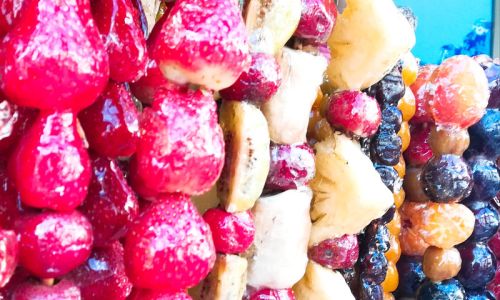
Fun Fact: Edible rice paper has been used in Chinese confectionery for centuries. Its translucent appearance and neutral flavor make it a stealthy wrapper—many consumers don’t even realize they’re eating it!
-
Glassine Paper:
In some regions, vendors use glassine—a grease-resistant, translucent paper made from wood pulp. While not edible, glassine is food-safe and recyclable. It provides a sturdier barrier against moisture and oils, though it lacks the cultural charm of rice paper. -
Wax Paper:
Modern iterations might employ wax-coated paper, which repels moisture effectively. However, wax paper is non-biodegradable and less common in traditional settings. -
Modern Alternatives:
With growing environmental concerns, some producers now use biodegradable cellophane or rice-based films. These materials mimic the look of traditional paper while reducing ecological impact.
The Art of Wrapping: A Dying Craft?
Wrapping bingtanghulu is no mere afterthought—it’s a skill passed down through generations. Vendors typically follow these steps:
-
Preparing the Paper:
Sheets are cut into squares or diamonds, slightly larger than the bingtanghulu skewer. -
Folding Techniques:
The paper is folded around the sugar coating, creating a snug fit without crushing the brittle shell. Some vendors add a decorative twist or tuck, turning the wrapper into a miniature work of art.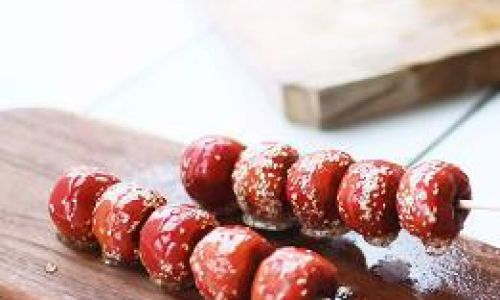
-
Stamping or Printing:
For special occasions, the paper might be stamped with gold leaf, ink, or dyes. This customization adds a personal touch, especially during weddings or holidays.
Unfortunately, as street vendors face competition from mass-produced snacks, the art of hand-wrapping is declining. Many modern bingtanghulu packages now use pre-cut plastic sleeves, sacrificing tradition for efficiency.
Cultural Symbolism: Beyond the Wrapper
The paper’s design often carries deeper meanings. For example:
- Red and Gold Motifs: These colors symbolize prosperity and happiness, aligning with bingtanghulu’s role as a festive treat.
- Animal Images: Dragons, phoenixes, or fish may appear, each representing luck, harmony, or abundance.
- Poetry or Proverbs: Some wrappers feature short verses, turning the snack into a edible fortune cookie.
In rural areas, the act of unwrapping bingtanghulu is ritualistic. Children might carefully unfold the paper to reveal the treat, saving the wrapper as a makeshift bookmark or toy. This interplay between food and culture underscores the paper’s importance beyond mere functionality.
Environmental Concerns and Innovations
As global awareness of plastic waste grows, the bingtanghulu industry faces pressure to adapt. Traditional rice paper is biodegradable, but modern plastic wrappers contribute to pollution. In response, some producers are reviving rice paper or experimenting with:
- Bean-based Films: Made from starch extracted from peas or corn, these wrappers are compostable and printable.
- Seaweed Extracts: Innovative companies are developing edible films from seaweed, which dissolve in water.
- Reusable Pouches: High-end vendors now offer cloth or bamboo pouches, encouraging customers to return them for discounts.
Health and Safety Considerations
The paper’s edibility raises questions about safety. While rice paper is harmless, non-edible wrappers pose risks if accidentally ingested. In China, food safety regulations require vendors to clearly label packaging materials. However, enforcement varies, and tourists often overlook these details.
For those with allergies, the paper’s ingredients matter. Rice paper is gluten-free, but some modern films may contain wheat starch or additives. Always check with the vendor if unsure.
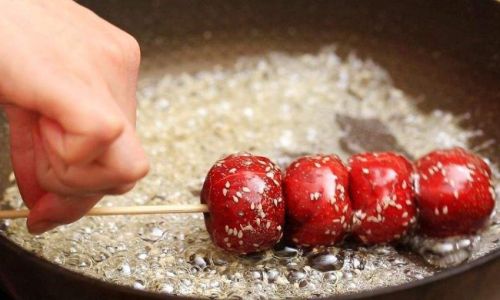
Global Adaptations: How Bingtanghulu’s Paper Travels
As bingtanghulu gains international fame, its packaging evolves to suit local tastes and regulations. In Japan, for instance, vendors use 薄焼き (usuyaki)—a thin wheat-flour crêpe—to wrap the treat, adding a layer of flavor. In Western countries, eco-conscious brands opt for recycled paper or plant-based sleeves.
Interestingly, some expats and foodies now create DIY bingtanghulu kits, complete with edible rice paper and organic hawthorn berries. This trend reflects a growing appreciation for traditional craftsmanship in an age of mass production.
Conclusion: The Unsung Hero of Bingtanghulu
The paper wrapping of bingtanghulu is a testament to human ingenuity—a blend of practicality, artistry, and cultural pride. From its humble beginnings as a protective layer to its current role as a canvas for tradition, this unassuming sheet has weathered centuries of change.
As we savor the sweet-tart burst of bingtanghulu, let us pause to appreciate the paper that cradles it. Whether edible rice paper or a modern biodegradable sleeve, this wrapper embodies the harmony between nature and culture, reminding us that even the smallest details can hold the sweetest stories.
Epilogue: A Taste of Tradition
Next time you unwrap a bingtanghulu, take a moment to study the paper. Feel its texture, admire its design, and consider the hands that crafted it. In doing so, you’ll taste not just sugar and hawthorn, but the enduring spirit of a civilization that finds beauty in every detail—even the wrapper that guards a simple street food.

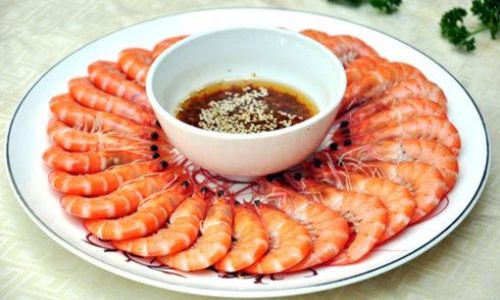
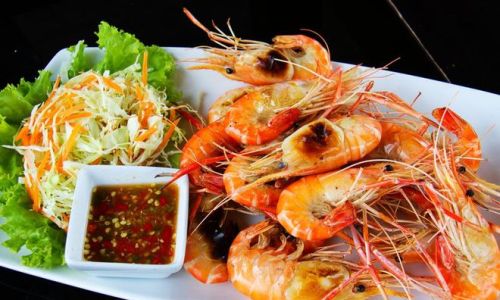
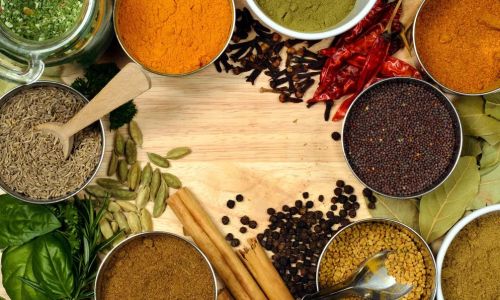
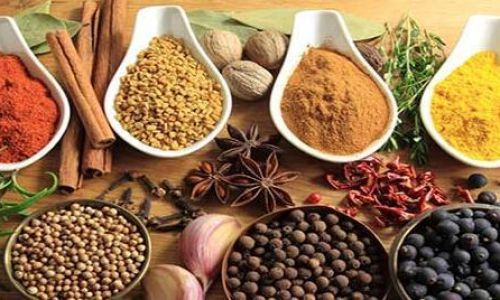
0 comments